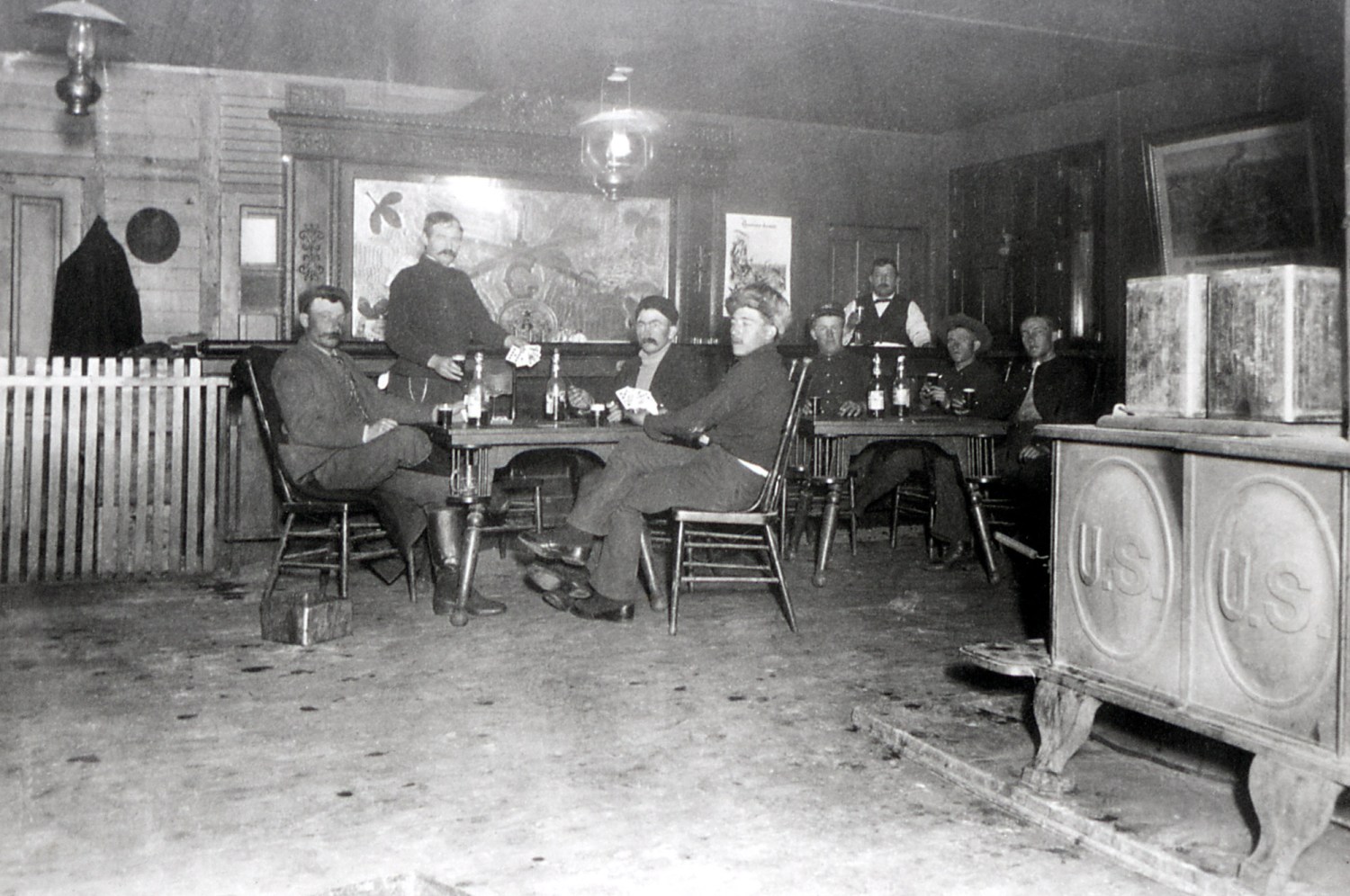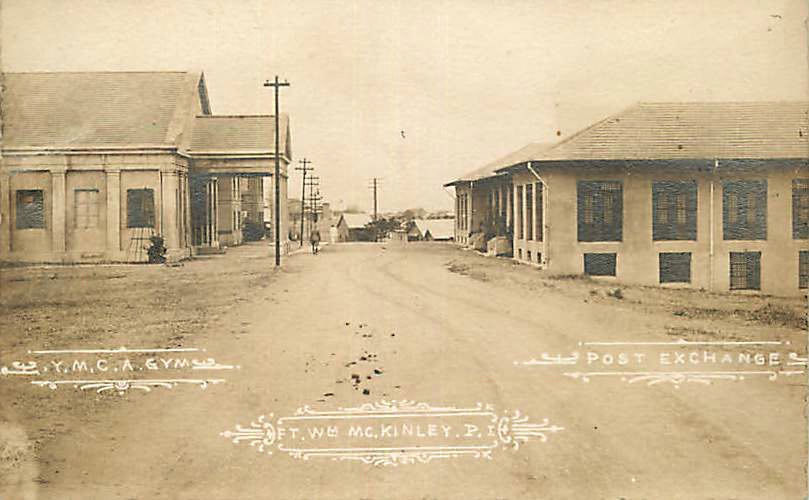On July 25, 1895—130 years ago today—the War Department issued General Orders No. 46, directing all Army commanders to establish “post exchanges” on their installations.
“Post exchanges” was a new term for “canteens,” on-installation establishments that gave troops a place where they could play cards and shoot billiards while enjoying food and drink—while getting into less trouble than they might find in a nearby town.
The mission of the post exchange was “… to supply the troops at reasonable prices with the articles of ordinary use, wear and consumption, not supplied by the Government, and to afford them means of rational recreation and amusement,” according to General Orders No. 46. The secondary purpose was to provide means for improving mess areas, using post exchange profits.

The General Orders called for a well-stocked general store; a well-kept lunch counter “supplied with as great a variety of viands as circumstances permit”; reading and recreation rooms supplied with reading matter, pool tables, bowling alleys, indoor games, a gym “possessing … the requisite paraphernalia for out-door athletics” and more.
Some posts weren’t large enough to have these features, but even the smallest were required to provide food, drink and recreation.
In the Nov. 19, 1895, edition of the Independent-Record, a newspaper in Helena, Montana, Department of Colorado Commander Brig. Gen. Frank Wheaton credited the increasing popularity of post exchanges with “a marked reduction in the trials by court-martial and inferior courts during the year.”

From these modest beginnings, the Exchange would continue to evolve. Until 1941, when the Army Exchange Service (AES) was established, exchanges were independent operations. AES brought the operation more control, which was centralized in 1946. On July 26, 1948, less than a year after the Air Force was established as separate service branch, the Exchange became the Army & Air Force Exchange Service.
As noted in last week’s #FlashbackFriday, Vancouver Barracks in Washington state is considered the birthplace of the Exchange. It was at that installation in 1880 that Col. Henry Morrow, commander of the 21st Infantry Regiment, opened a small canteen to keep his Soldiers on post and away from the nearby town’s temptations, creating the model for what would become post exchanges. Vancouver Barracks is still part of the Exchange system, with facilities maintained by the Joint Base Lewis-McChord Exchange.
Today, the Exchange celebrates its 130th anniversary of serving those who serve—now through more than 5,500 facilities nationwide and in more than 30 countries.
To learn more about he Exchange’s history, visit our interactive history timeline or check out the Exchange History album on Flickr.
Sources: One Hundred Years of Service: A History of the Army and Air Force Exchange Service; Newspapers.com





Leave a Reply